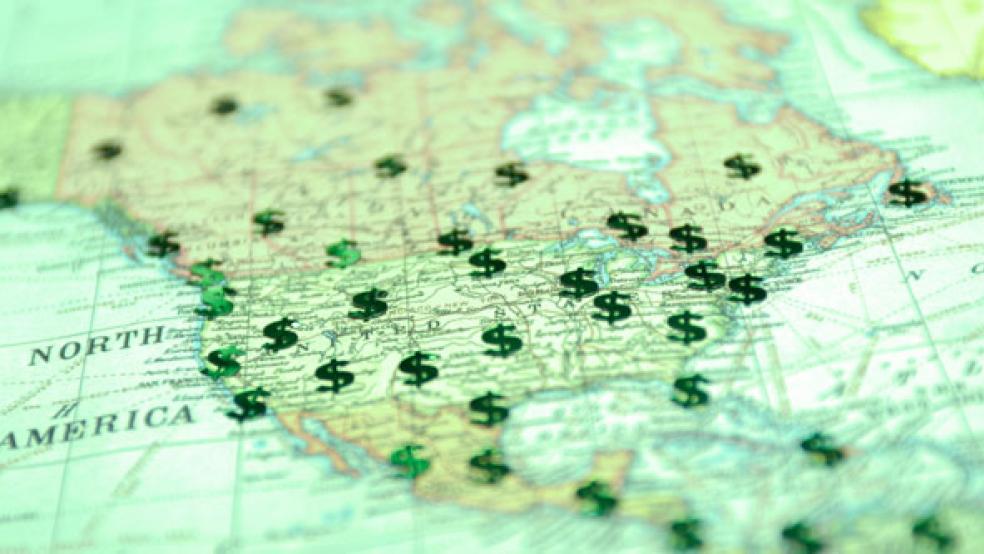The multiple relief packages enacted by Congress flooded the U.S. economy with cash, providing much-needed liquidity as the Covid-19 pandemic sharply reduced activity in multiple sectors including travel, hospitality, dining and entertainment. But as Neil Irwin of The New York Times notes Tuesday, most of the aid money was front-loaded, issued in a matter of weeks or months. While that approach helped the federal programs achieve their goal of stabilizing the economy, it comes with a serious downside: in the coming months, the cessation of that federal spending will detract from economic growth.
“That which fiscal stimulus giveth, fiscal stimulus taketh away,” Irwin writes.
Ideally, the private economy will pick up the slack as people return to work and demand surges for all those things that people avoided during the pandemic. But the risk remains that this unprecedented transition may not go smoothly.
“We’re definitely going to see a huge drop-off in fiscal stimulus,” Nancy Vanden Houten, lead economist at Oxford Economics, told Irwin. “The question then is how well positioned is the economy to deal with that, and we don’t really know for sure, which applies to so much about this period we’re going through.”
A boost becomes a drag: According to the Hutchins Center on Fiscal and Monetary Policy, federal spending added 8.5 percentage points to the economic growth rate in the first quarter of 2021. But that fiscal impact will turn modestly negative in the second and third quarters, and then become a significant drag starting in the fourth quarter, assuming no additional stimulus packages are passed.
The strongest negative effect will occur in the second quarter of 2022, when the stimulus hangover is projected to subtract 3.3 percentage points from the economic growth rate.
The big question, then, is how much demand emerges as the economy reopens. The enormous pile of savings Americans are sitting on – including the roughly $2.5 trillion saved during the pandemic – could go a long way toward picking up the slack. But much of that cash is held by a wealthy minority, who may not be in a rush to spend it, potentially putting the recovery at risk.
“Today’s fiscal tailwinds are projected to shift to headwinds next year,” Fed governor Lael Brainard said earlier this month. “So an important question is how much household spending will continue to support growth into next year, as opposed to settling back to prepandemic trends.”




